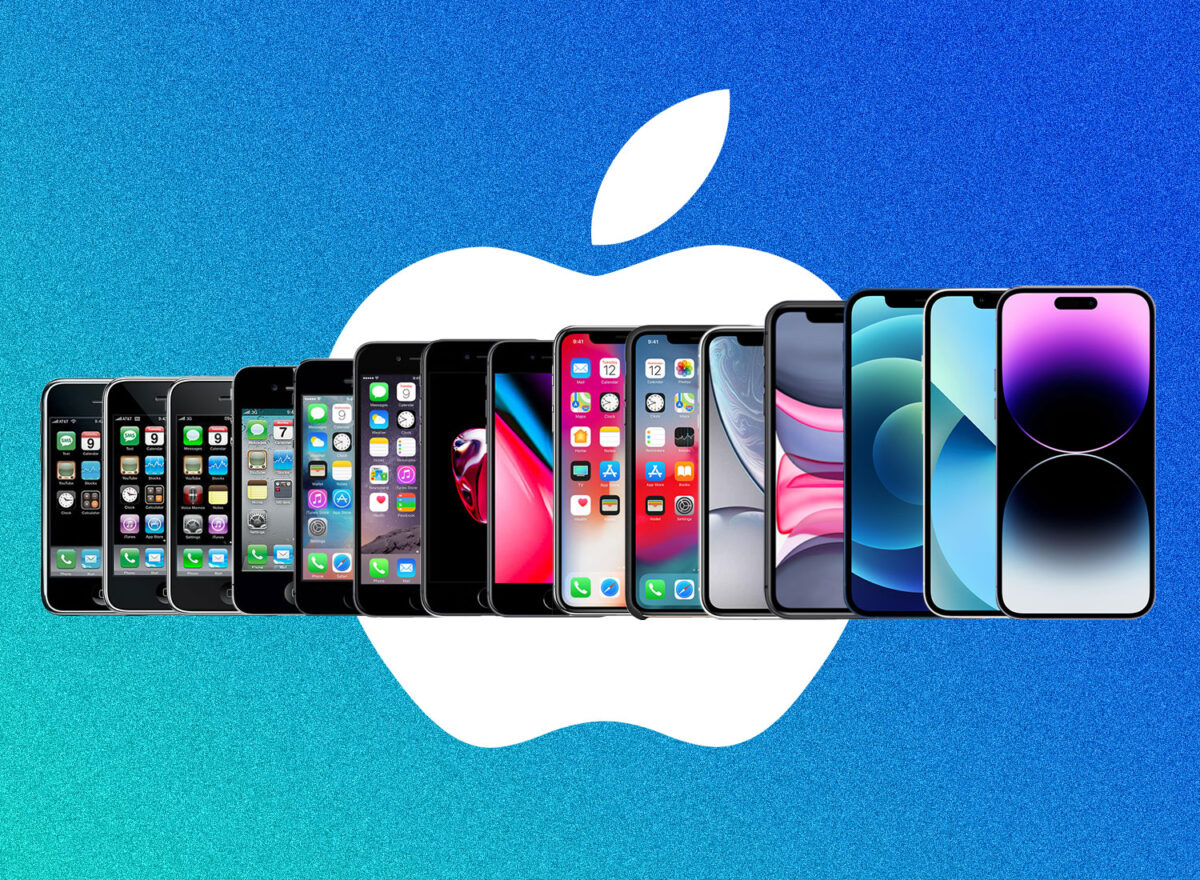Ever since the very first iPhone was held aloft by Steve Jobs at Apple’s old Cupertino headquarters way back in 2007, it has since become a pop culture phenomenon and catapulted Apple towards becoming one of the most valuable companies on the planet.
Apple no longer publishes data for the number of iPhones sold, but when it last did, in 2018, the company claimed it had sold 2.2 billion since the first one went on sale in 2007.
Since the introduction of the iPhone in 2007, Apple has made a number of changes. These include materials used, starting with metal for the first generation, making a move to plastic for the 3G and 3GS, before using glass for the iPhone 4. Metal was used once again for the iPhone 5 through to the iPhone 8, when glass made a reappearance. Apple then moved back to metal when it launched the iPhone 11.
2020 saw the launch of the first iPhones to support 5G connectivity and, while it must be said Apple has always focused on the camera capabilities, they were truly turned up a notch with the introduction of the ‘Pro’ models, pushing the boundaries of what can be possible with a smartphone camera.
There are, of course, some haters out there, who claim Apple no longer innovates with its latest iPhone releases, and others claim iOS – the operating system of the iPhone – just copies features already found on Android smartphones. Whatever your stance on Apple, there’s no denying the company is a successful one.
But just how much the iPhone changed over its lifetime? Allow us to take you down memory lane, charting every single iPhone release since 2007 (all launch prices in USD).
In this iPhone story…
- iPhone
- iPhone 3G
- iPhone 3GS
- iPhone 4
- iPhone 4S
- iPhone 5
- iPhone 5C & 5S
- iPhone 6 / 6 Plus
- iPhone 6S / 6S Plus
- iPhone SE (First Generation)
- iPhone 7 / 7 Plus
- iPhone 8 / 8 Plus
- iPhone X
- iPhone XS / XS Max
- iPhone XR
- iPhone 11 / 11 Pro / 11 Pro Max
- iPhone SE (Second Generation)
- iPhone 12 / 12 Mini / 12 Pro / 12 Pro Max
- iPhone 13 / 13 Mini / 13 Pro / 13 Pro Max
- iPhone SE (Third Generation)
- iPhone 14 / 14 Plus / 14 Pro / 14 Pro Max
iPhone
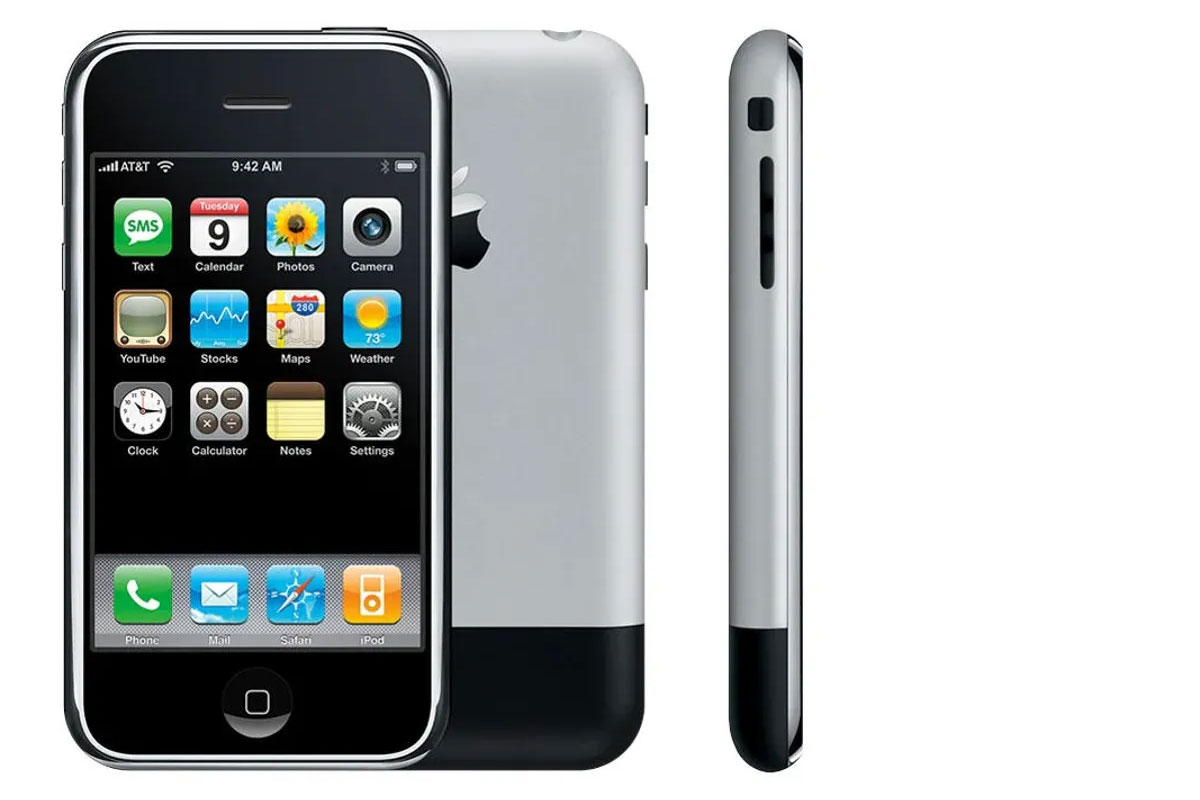
Release Date: June 29, 2007
Price: From $499
The heads of Apple fanboys quite literally exploded when the late Steve Jobs held the very first iPhone aloft. A 3.5-inch display, 16GB of storage and 128MB of memory made for impressive reading back then, and when Steve demonstrated the pinch to zoom feature on photos, well, it was like we were experiencing the future before our very eyes.
You can still find the very first iPhone on resale websites, and you’d hope you’d have to pay a lot less than the collector who paid just over US$39,000 for a mint condition one in October 2022.
iPhone 3G
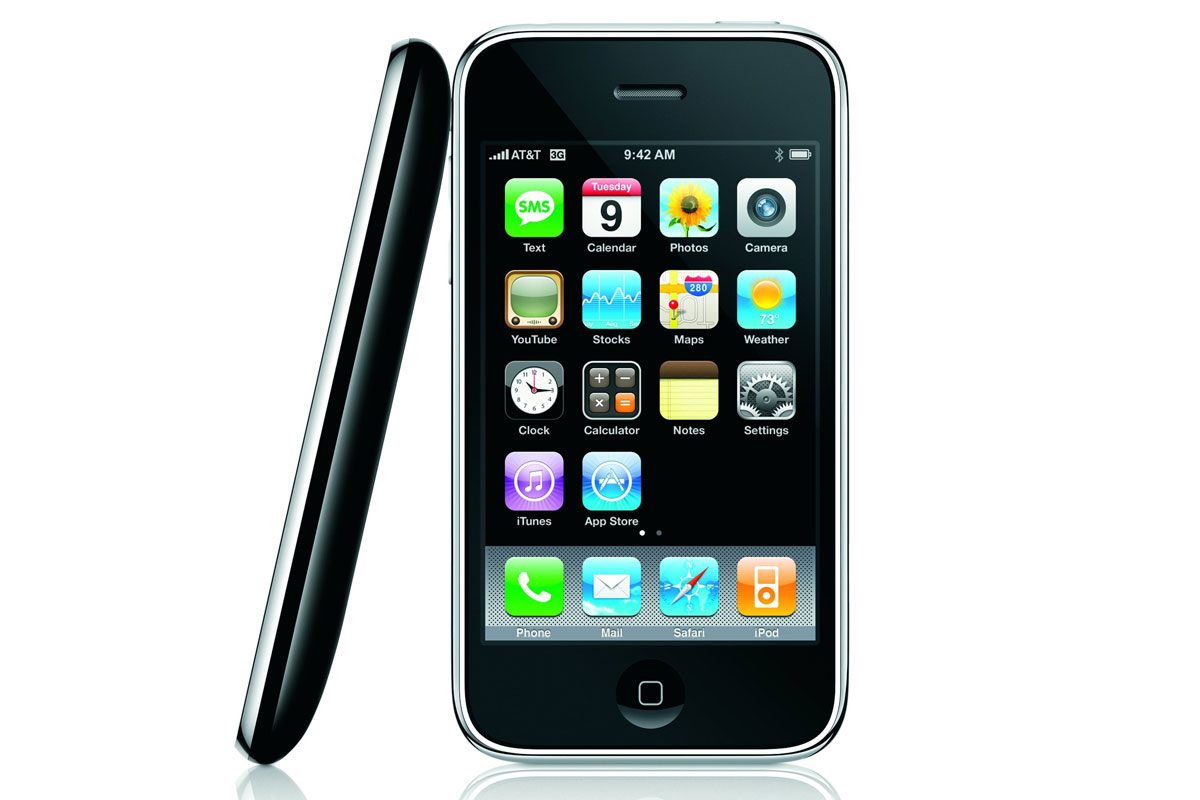
Release Date: July 11, 2008
Price: From $599
Barely a year after the first iPhone was launched, Apple began its now-customary upgrade cycle and introducing its “best iPhone ever,” – a phrase the company repeats with virtually every new launch.
The iPhone 3G was its name and it, as its name suggested, introduced 3G connectivity. At the time, 3G offered super fast internet, but it pales in comparison to the 5G speed of today. It also introduced the App Store. Apple sold a million iPhone 3G phones in the first weekend of its release.
iPhone 3GS
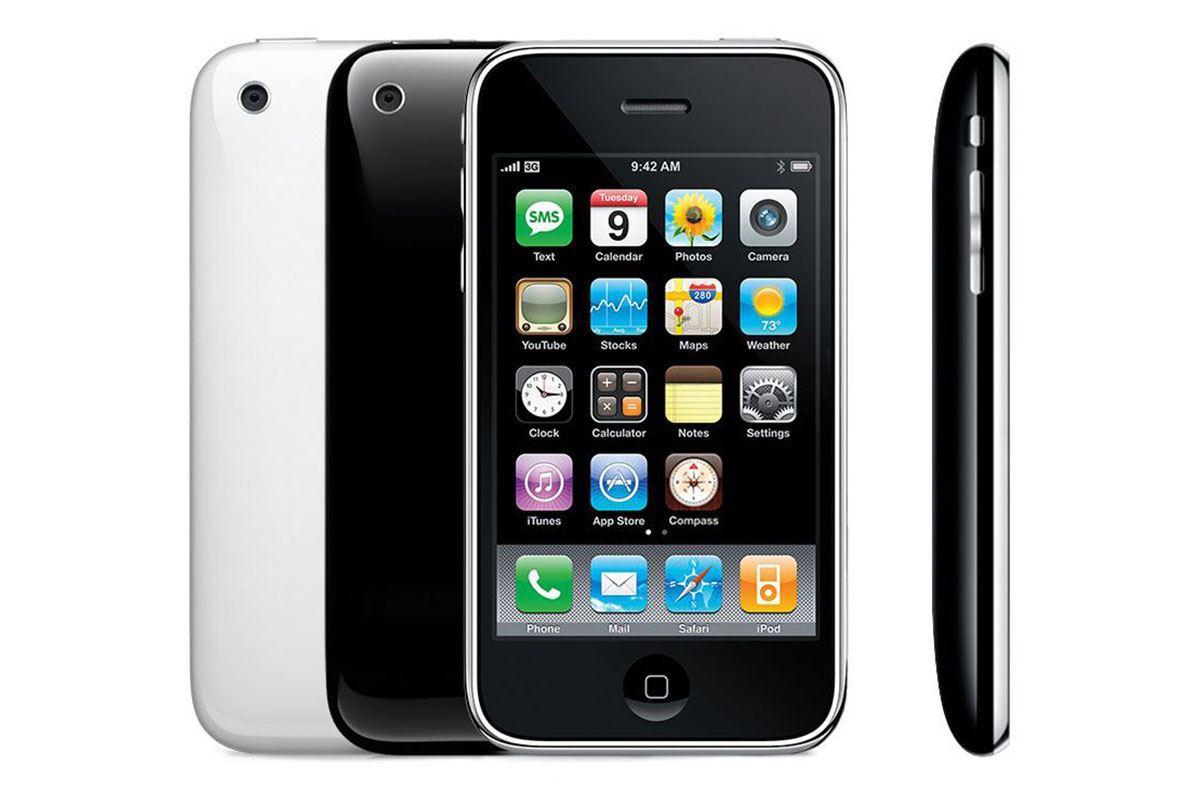
Release Date: June 19, 2009
Price: From $599
Once again bringing out the “most powerful iPhone ever,” line, Apple unveiled the iPhone 3GS in 2009. Upgrades over the 3G were minimal, except for a more powerful processor, giving it extra speed when being used, hence the ‘S’ moniker.
The camera also received an upgrade to 3-megapixels and it could record video for the first time and offered autofocus. Apple offered the iPhone 3GS with 32GB of storage for the first time, meaning owners could take full advantage of the App Store. The iPhone 3GS, like it’s predecessor, also achieved one million sales in its first weekend, and in the US, customers initially had to sign up to a two-year AT&T contract to get one.
iPhone 4
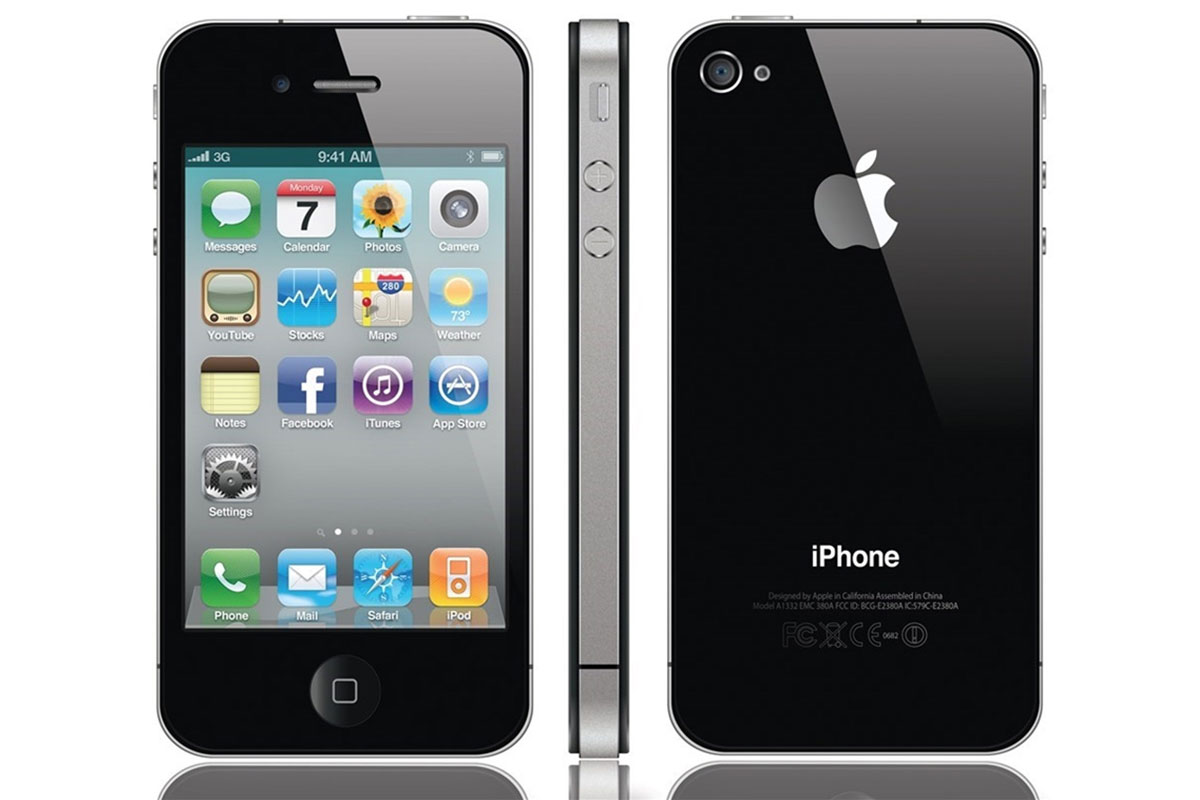
Release Date: June 24, 2010
Price: From $599
The iPhone 4 represented a major shift for the iPhone when it was launched in 2010. Not only did it debut a brand new design, which was lauded by critics, but it also introduced the Retina Display. Other notable features over its predecessors included a front-facing camera, which in turn added FaceTime to everyday vernacular.
There were a few issues with the iPhone 4, most notably the positioning of the cellular antenna, which could cause signal to drop out if it was held in a certain way.
iPhone 4S
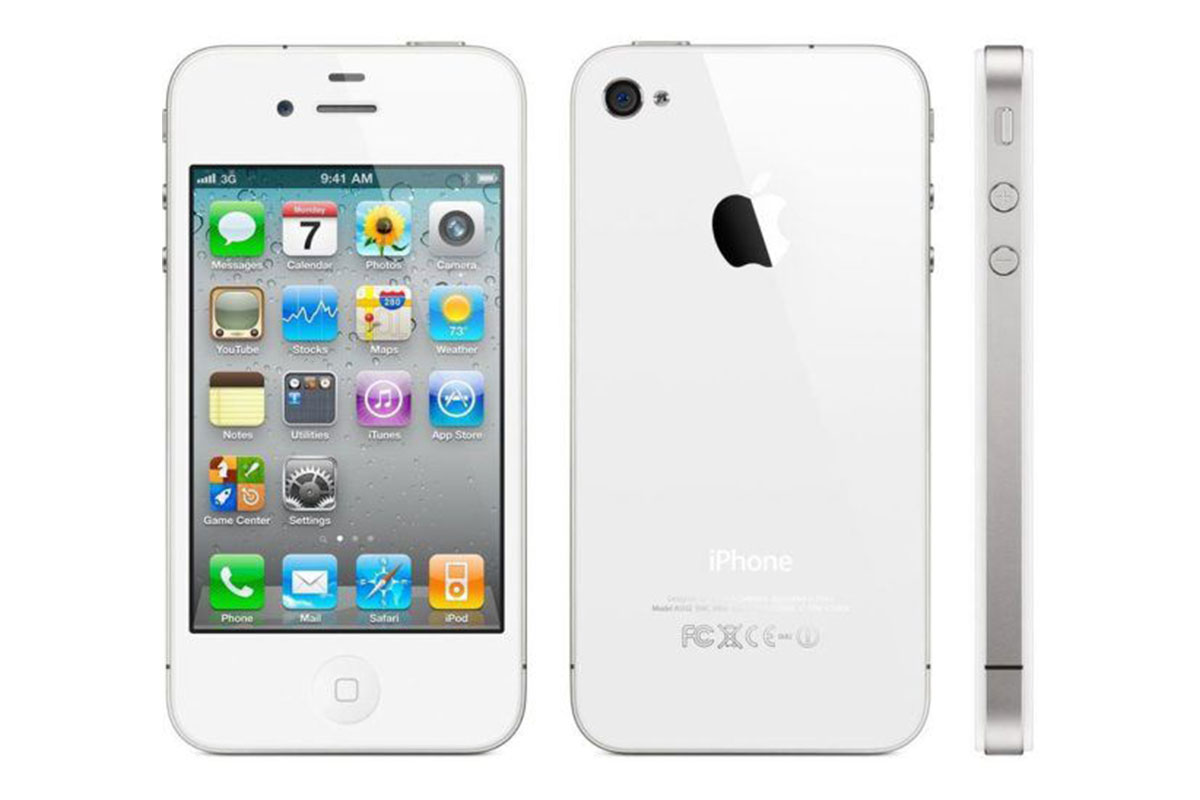
Release Date: October 14, 2011
Price: From $649
The iPhone 4S was the last iPhone to be held aloft by Apple founder Steve Jobs, who died just one day after officially unveiling the 4S at Apple’s headquarters in Cupertino. The ‘S’ in the naming this time around referred to Siri, Apple’s voice assistant that was introduced alongside the phone, and that was later made available for older iPhone models.
The design of the 4S was largely the same as the 4 it replaced, but it did receive some upgraded internals. iOS 5 was launched alongside it, which introduced iMessage, iCloud, Notification Center and Reminders.
Around four million iPhone 4S smartphones were sold within the first three days of launch, and it went on to sell in excess of 60 million units.
iPhone 5
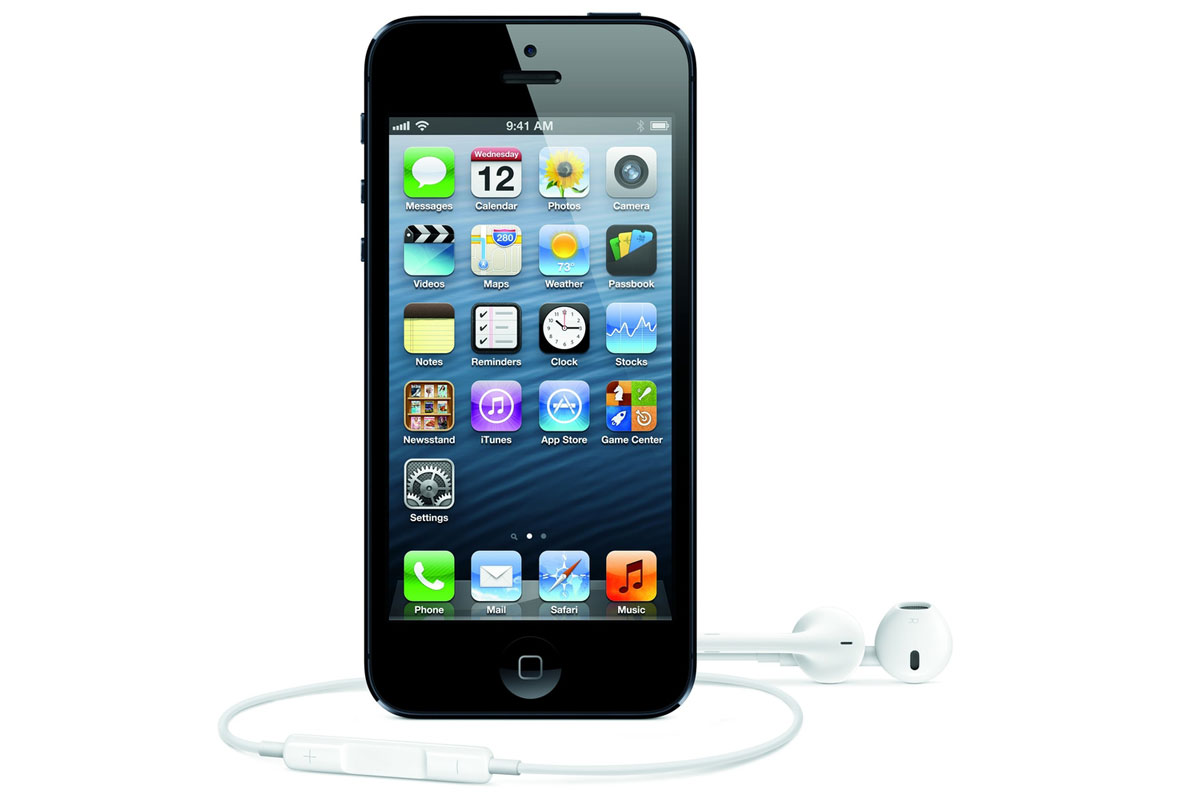
Release Date: September 21, 2012
Price: From $649
The iPhone 5 was the first iPhone to be unveiled in September, a trend that Apple has since continued with every subsequent iPhone release. Steve Jobs did have a hand in overseeing the development of the iPhone 5, but ultimately it was the first to be developed completely under the guidance of incumbent Apple CEO, Tim Cook.
The iPhone 5 introduced a new design once again, predominantly in the form of an aluminium-based body, which was both thinner and lighter than that of the iPhone 4/4S. The screen was made larger too, increasing to 4-inches. The iPhone 5 was also the first to introduce the Lightning connector and LTE Connectivity.
Apple discontinued the iPhone 5 just under a year later, making its lifespan the second-shortest in the iPhone’s history.
iPhone 5C & 5S
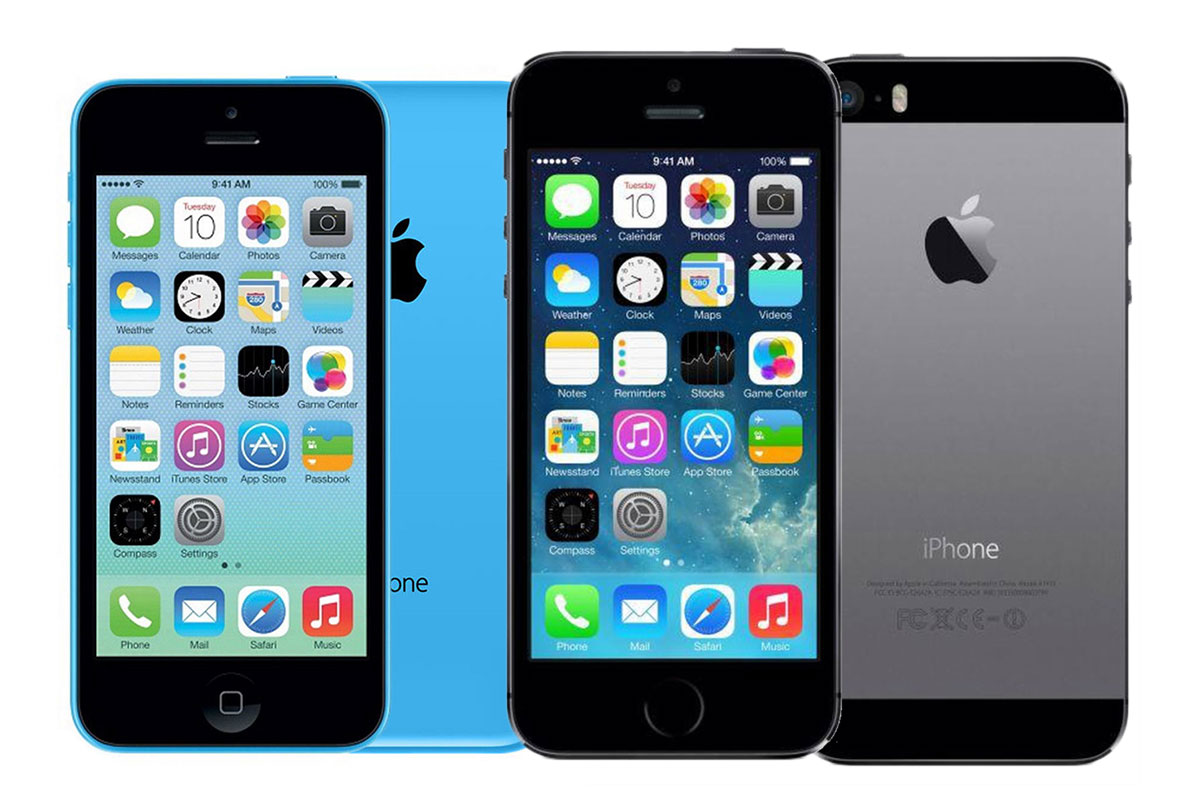
Release Date: September 20, 2013
Price: iPhone 5C – From $549; iPhone 5S – From $649
Apple replaced the iPhone 5 with the iPhone 5S and the slightly more affordable, iPhone 5C, with the ‘C’ standing for ‘Colour’. The iPhone 5S brought with it much more powerful internals, and was the first to use a 64-bit processor, for all your tech geeks out there.
The 5S was also the first iPhone to implement the Touch ID home button with fingerprint scanner for authorising App Store purchases and to unlock the phone, and the AirDrop file sending feature.
iPhone 6 / 6 Plus
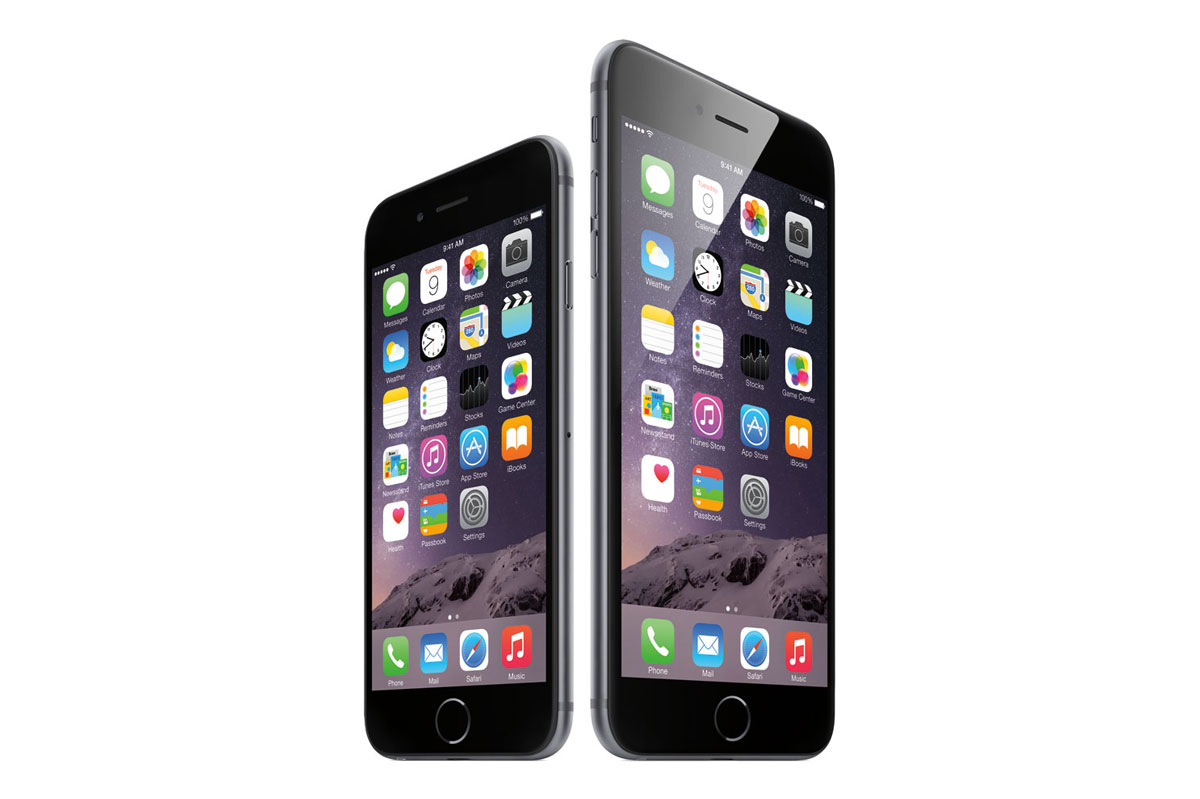
Release Date: September 19, 2014
Price: iPhone 6 – From $649; iPhone 6 Plus – From $749
Apple went big, literally, in 2014 with the introduction of not only two flagship iPhone models at the same time, but both with the largest displays see on an iPhone up until that point. The iPhone 6 and 6 Plus ushered in 4.7 and 5.5-inch displays, respectively, along with faster processors, upgraded cameras and NFC for making mobile payments.
The iPhone 6 series is still Apple’s best-selling of all time, selling in excess of 224 million units combined.
iPhone 6S / 6S Plus
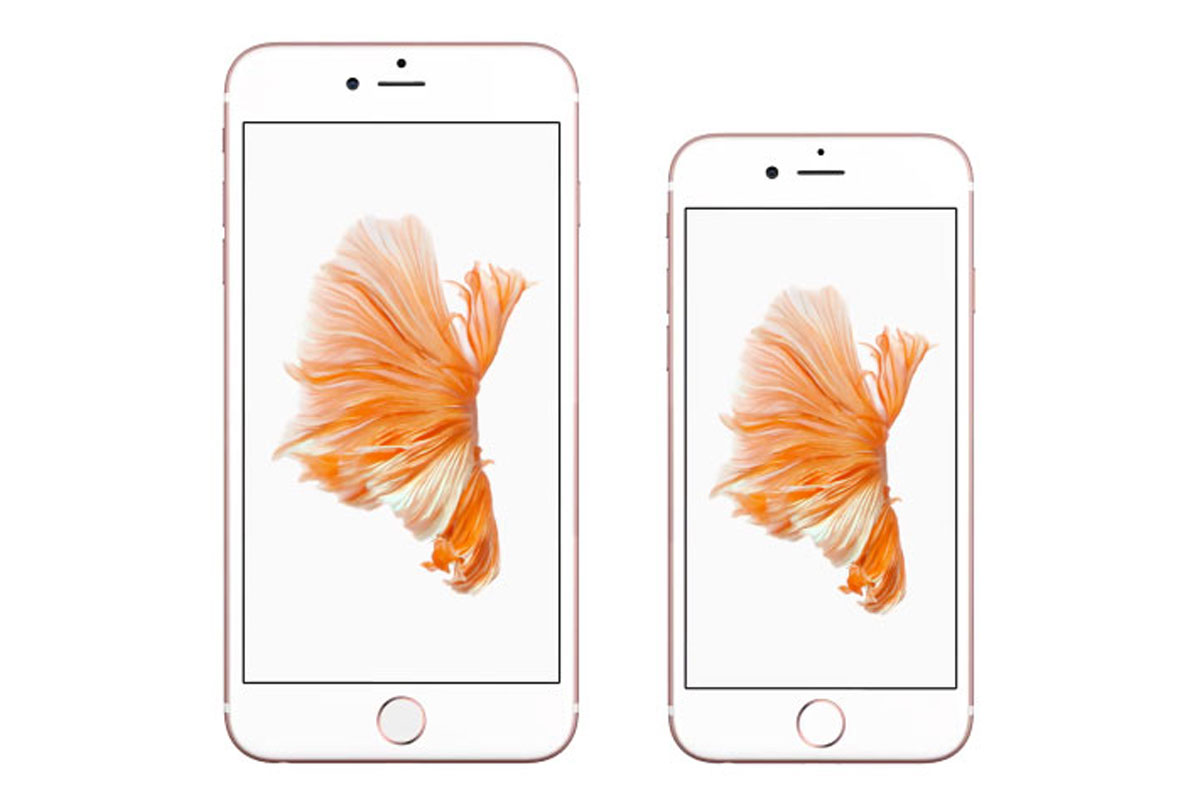
Release Date: September 25, 2015
Price: iPhone 6S – From $649; iPhone 6S Plus – From $749
As had since become expected with the release of ‘S’ branded iPhones, the iPhone 6S and 6S Plus offered more of an evolution than a revolution. Other than the customary hardware upgrades, the iPhone 6S series introduced Live Photos and the ability to say “Hey Siri” to activate the voice assistant software.
iPhone SE (First Generation)
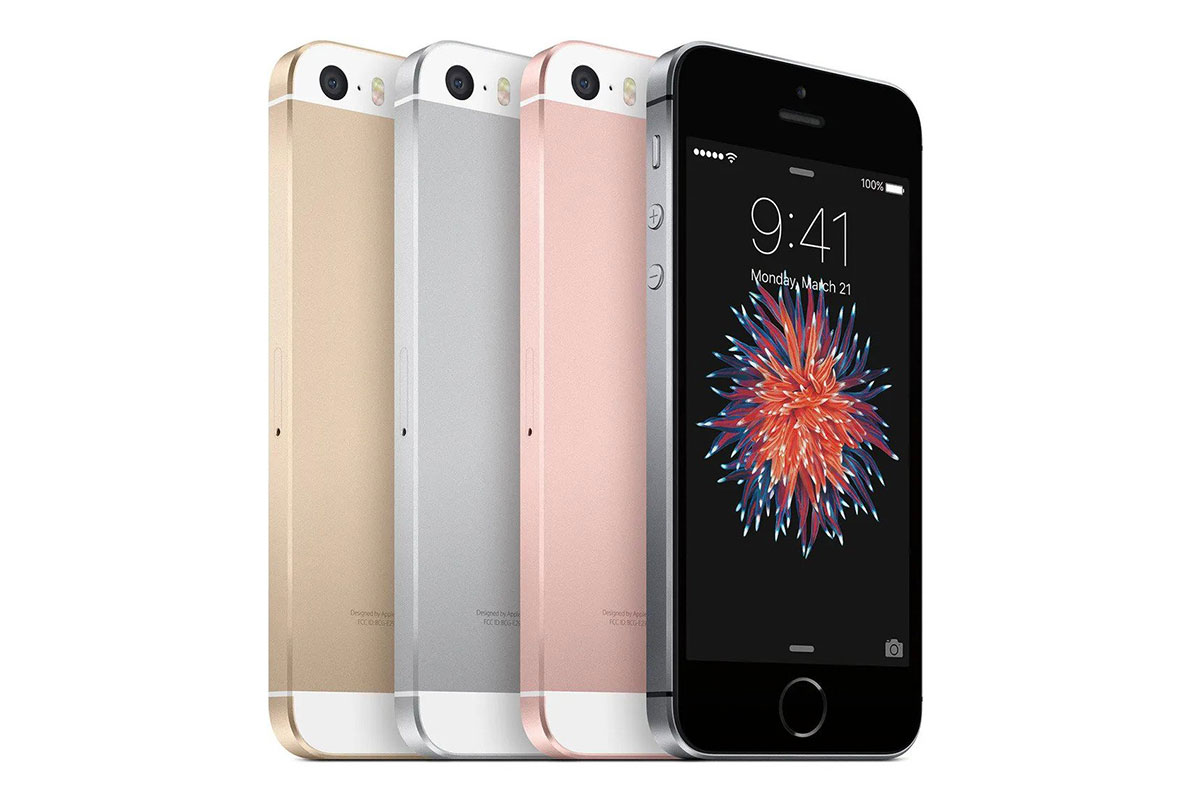
Release Date: March 31, 2016
Price: From $399
Apple did what many considered to be the unthinkable in early 2016, and that was launch a more affordable iPhone. Rather cleverly, the company took the older design of the iPhone 5S but fitted it out with similar internal hardware as the current iPhone 6S flagship series. It was well-received by the public and by critics.
iPhone 7 / 7 Plus
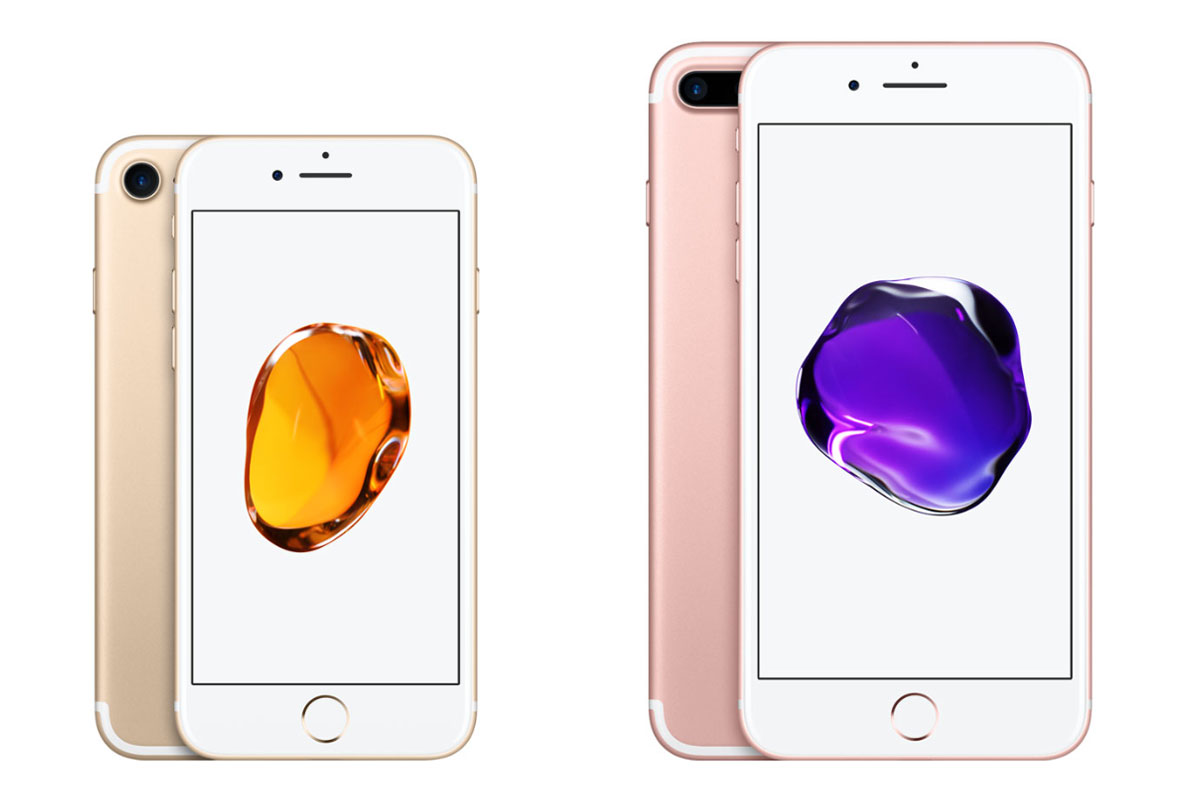
Release Date: September 16, 2016
Price: iPhone 7 – From $749; iPhone 7 Plus – From $769
Apple was back to regular business by September, however, launching the iPhone 7 series. Not much changed in terms of design compared with the iPhones 6S, but the iPhone 7 was the first iPhone to get rid of the 3.5mm headphone jack, a decision that was seen as controversial at the time.
iPhone 8 / 8 Plus
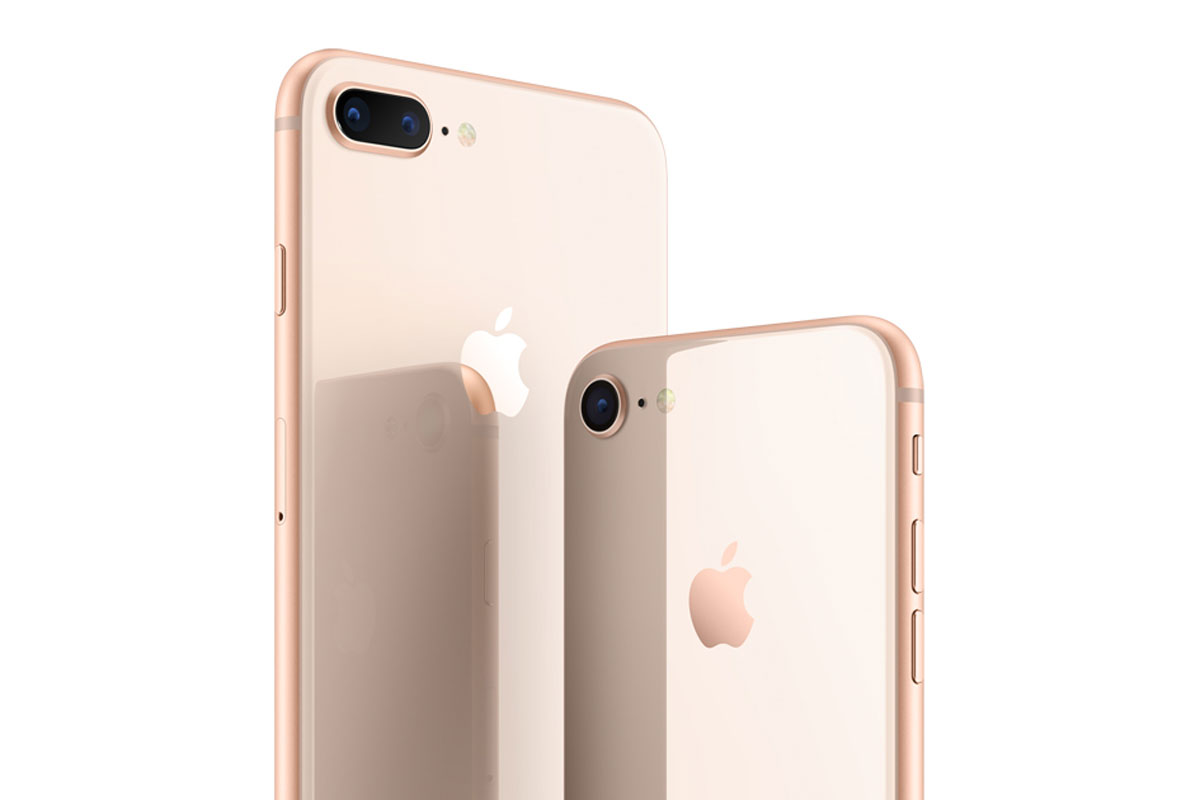
Release Date: September 22, 2017
Price: iPhone 8 – From $699; iPhone 8 Plus – From $799
There was never to be a 7S, but instead an iPhone 8, in 2017. Although, Apple would go on to introduce the higher-end iPhone X just two months later. Not much changed in the iPhone 8 compared to the model it replaced, other than getting a new glass back panel, wireless charging and the standard suite of upgraded cameras and a processor.
The iPhone 8 and 8 Plus were the last to feature the Touch ID home button.
iPhone X
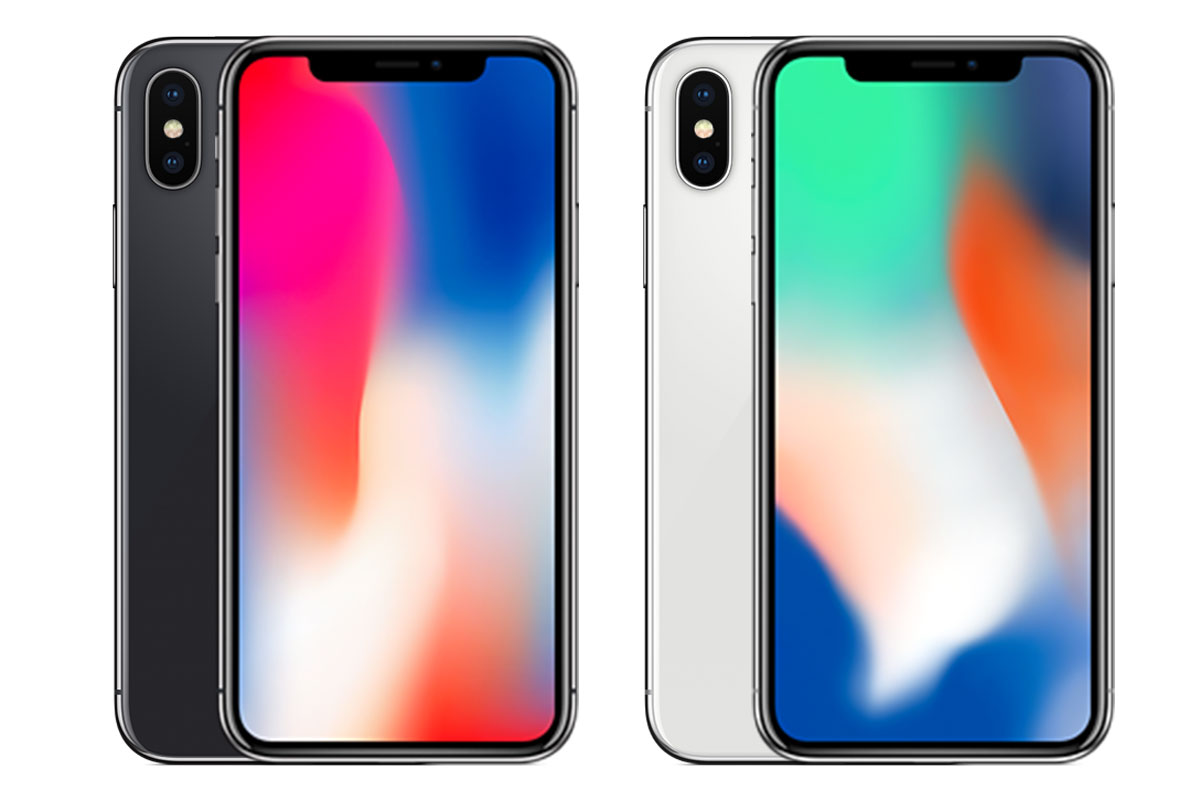
Release Date: November 3, 2017
Price: From $999
Despite Apple’s insistence it should be referred to as iPhone “ten”, everyone calls it the iPhone “ex”. It was named as such to mark the 10th anniversary of the iPhone and introduced a completely new design that has been maintained through to the present day.
The main design changes introduced with the iPhone X included increasing the size of the display, yet retaining a similar-sized body to its predecessors, thanks to the removal of the Touch ID home button, replaced by a new swipe-up feature to return to the Home Screen. To unlock the iPhone X, Apple introduced Face ID, which uses face recondition software to identify the user.
This also meant employing a ‘notch’ design, which was mocked by many social media users online, although has since been adopted as a part of everyday life.
iPhone XS / XS Max
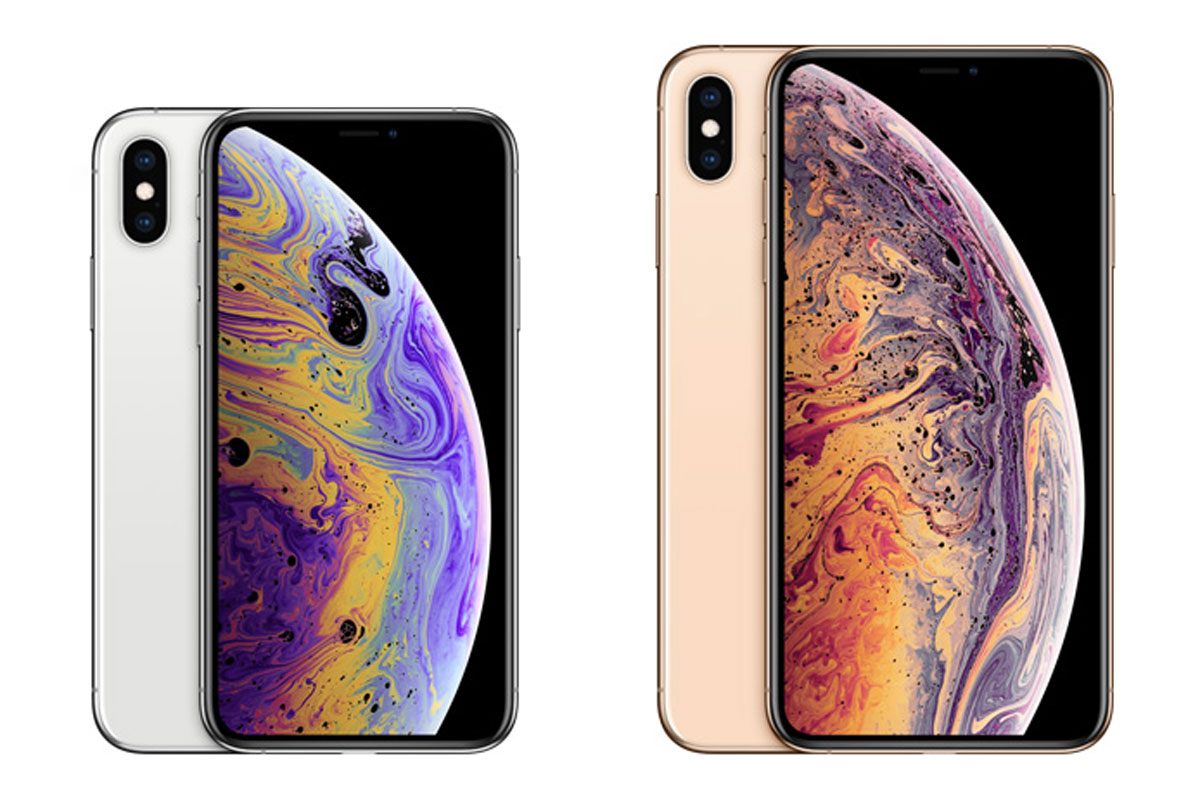
Release Date: September 21, 2018
Price: iPhone XS – From $999; iPhone XS Max – From $1099
The iPhone X’s replacements were introduced less than a year later, in the form of the XS and XS Max. Naturally, there were the usual upgrades to performance and cameras, but the iPhone twosome also received dual-SIM support, filming with stereo audio and improved water resistance. For owners of the iPhone X, the XS series was one they probably could have avoided upgrading to.
iPhone XR
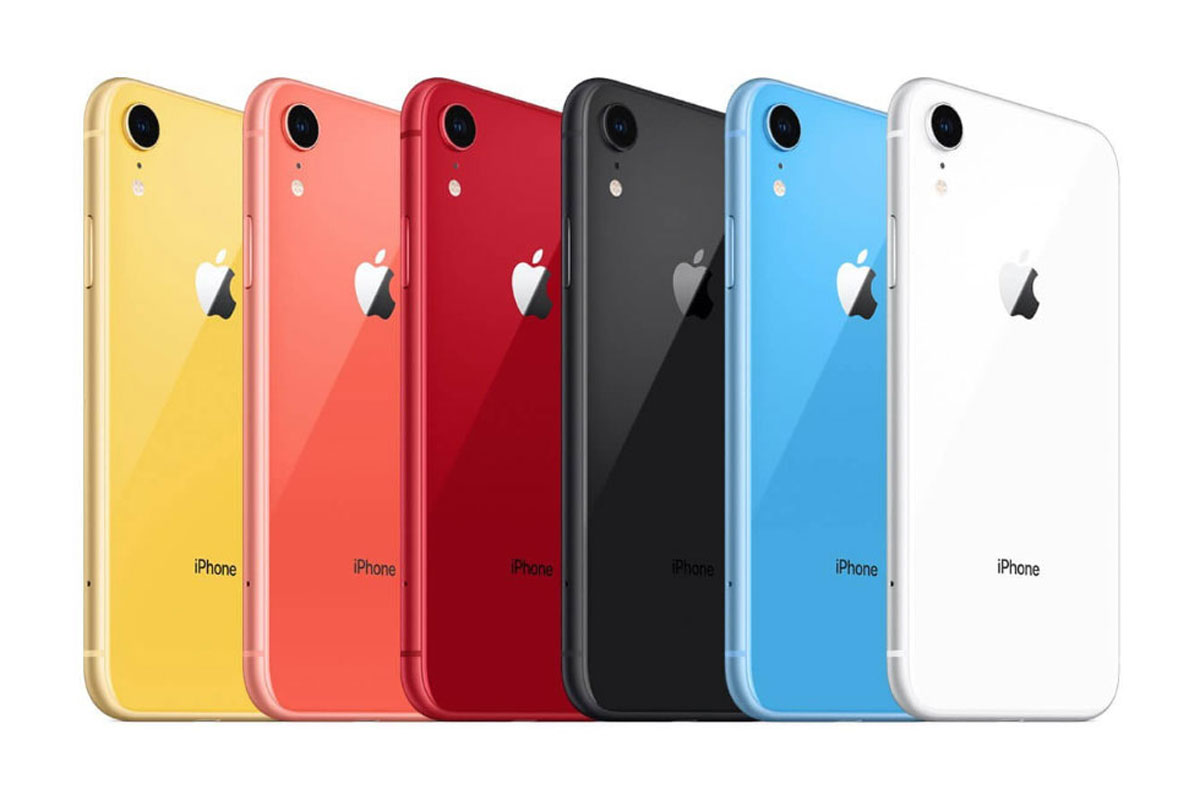
Release Date: October 26, 2018
Price: From $749
For those who wanted to enjoy Apple’s new iPhone design language, but couldn’t afford the X or XS series, the XR proved pivotal. Introduced just a month after the XS series, the XR – again, it was supposed to be produced “ten r”, but nobody does – offered a more affordable route to getting Face ID.
Another part of the XR’s allure was its availability in a wide range of bright colours. It went on to be Apple’s best selling 2018 model and has sold around 77.4 million units worldwide.
iPhone 11 / 11 Pro / 11 Pro Max
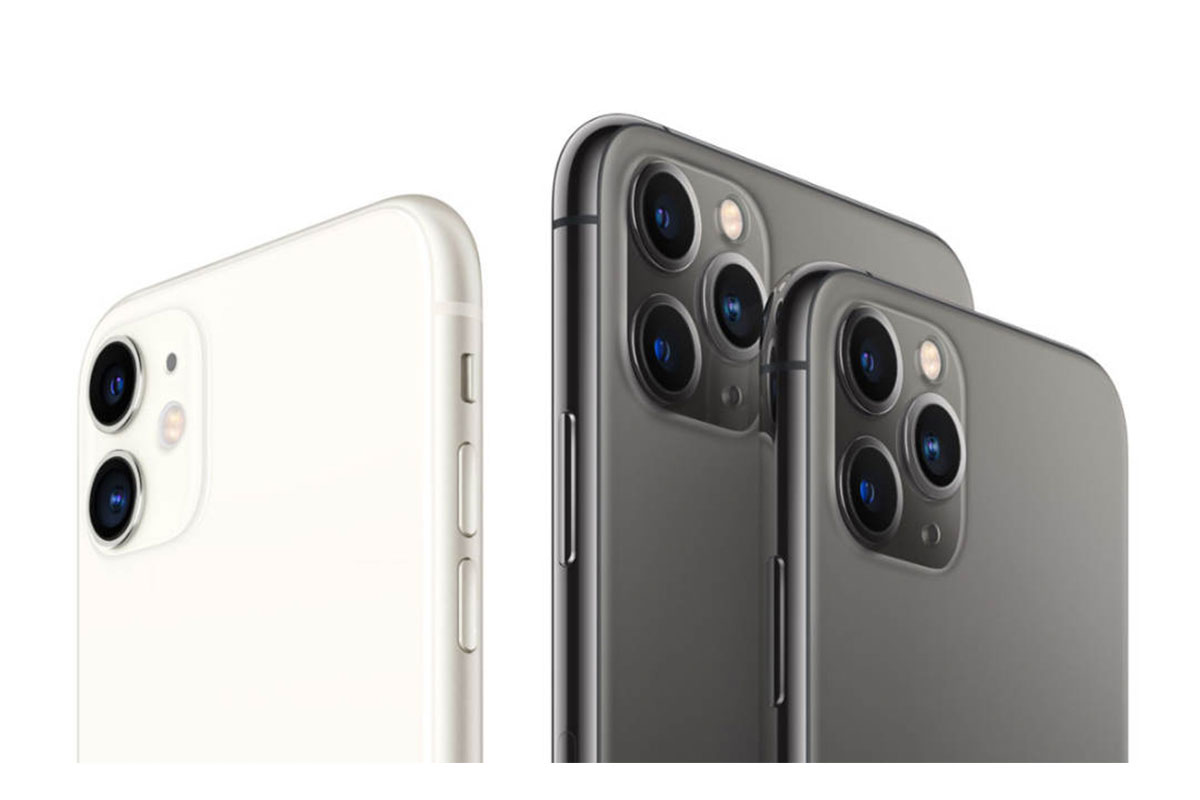
Release Date: September 20, 2019
Price: iPhone 11 – From $699; iPhone 11 Pro – From $999; iPhone 11 Pro Max – From $1099
While the iPhone 11 didn’t introduce much in the way of changes over the XR, other than performance upgrades and a new dual-camera system. The iPhone 11 series eventually began shipping without a wall charger or EarPods included in the box, following the launch of the iPhone 12 series.
However, it still sold well, and as of March 2022, is the 10th best-selling smartphone of all time.
2019 also marked the introduction of the Pro series of iPhones, which were targeted at more professional users who demanded more power from their smartphone. The iPhone 11 Pro series also introduced a triple-lens rear camera for the first time and they came with a USB-C to Lightning cable in the box, for much faster charging.
iPhone SE (Second Generation)
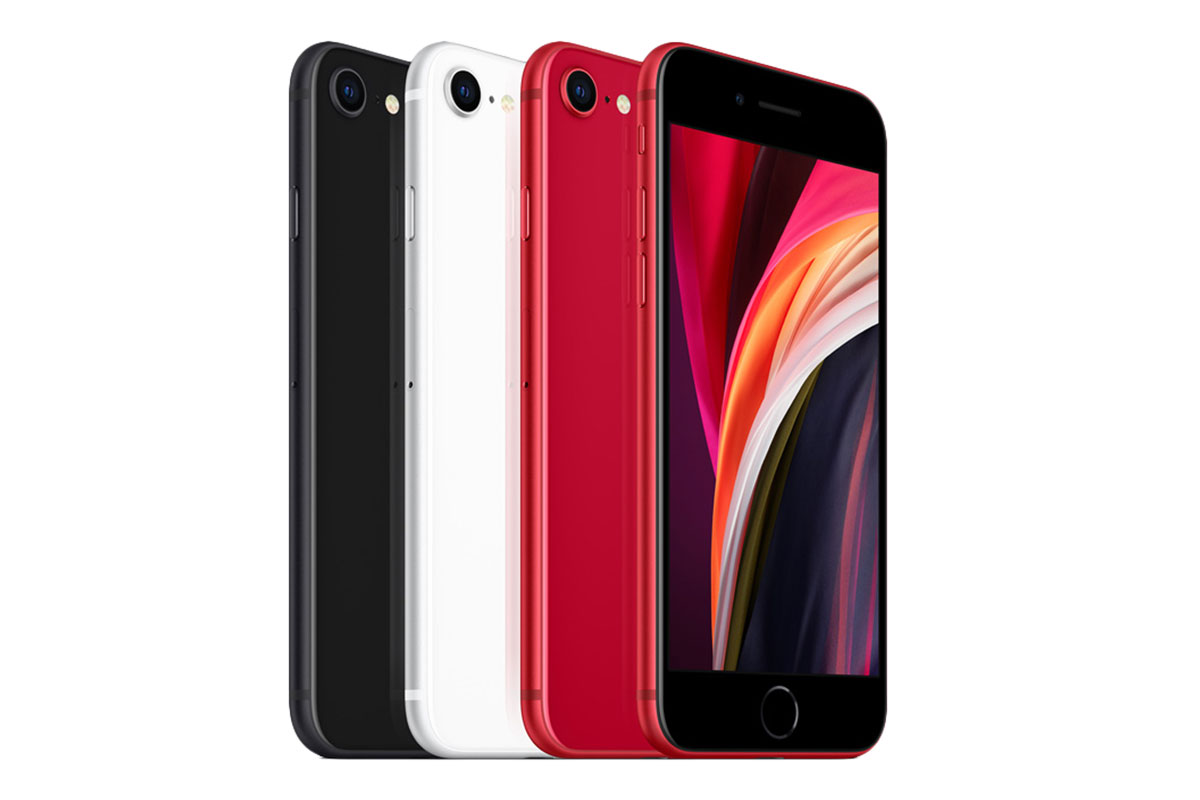
Release Date: April 24, 2020
Price: From $399
Apple once again launched a much more affordable iPhone in early 2020 in the form of the iPhone SE 2. Like the SE model it replaced, the SE 2 used the older iPhone 8 form factor, but shared internal hardware with the iPhone 11.
iPhone 12 / 12 Mini / 12 Pro / 12 Pro Max
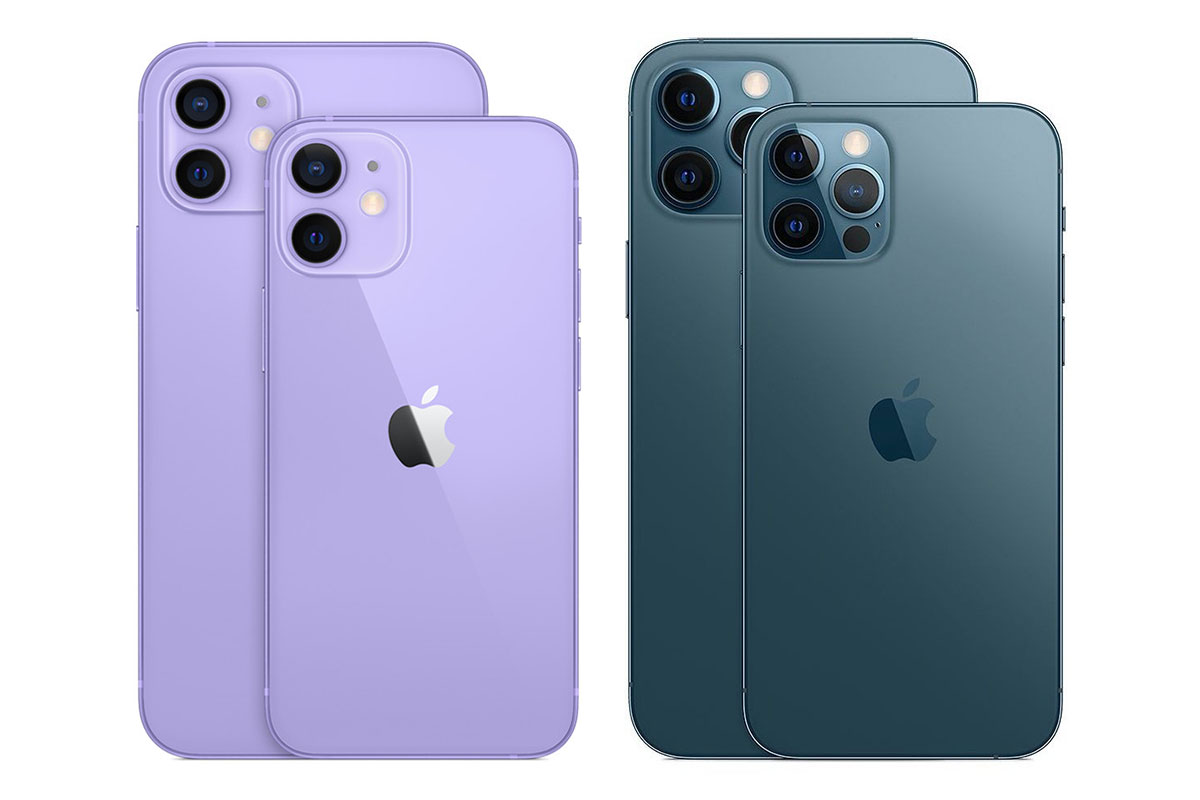
Release Date: October 23, 2020 (12, 12 Pro) / November 13, 2020 (12 Mini, 12 Pro Max)
Price: iPhone 12 Mini – From $729; iPhone 12 – From $829; iPhone 12 Pro – From $999; iPhone 12 Pro Max – From $1099
Apple bucked its trend yet again and introduced four new iPhone models in late 2020. There was the expected iPhone 12 and duo of Pro models, but the iPhone 12 Mini was a new one, coming in with a much smaller 5.4-inch display.
The iPhone 12 Pro models introduced 5G support for the first time on an iPhone and the MagSafe accessory system. All iPhone 12 models were the first to omit the wall charger and EarPods from being included in the box, with Apple citing environmental reasons for its decision. This change was retroactively applied to the iPhone 11 series.
iPhone 13 / 13 Mini / 13 Pro / 13 Pro Max
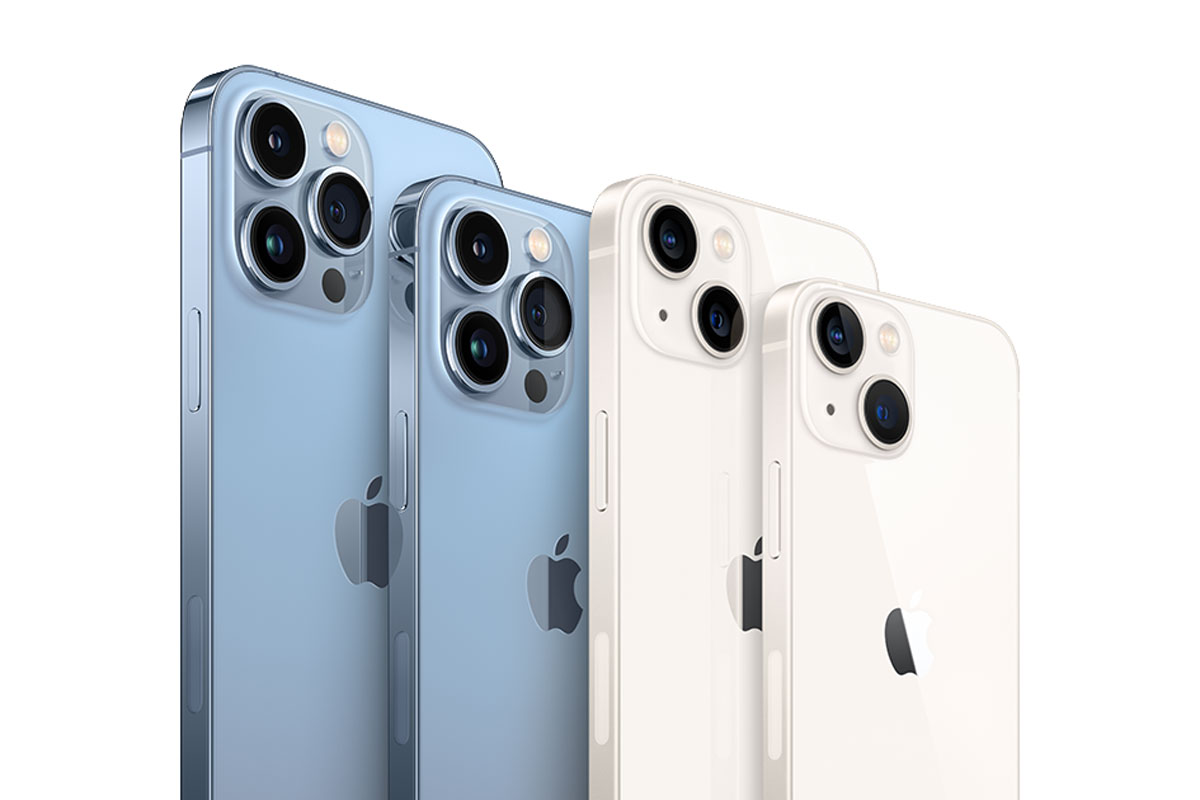
Release Date: September 24, 2021
Price: iPhone 13 Mini – From $729; iPhone 13 – From $829; iPhone 13 Pro – From $999; iPhone 13 Pro Max – From $1099
As was the case with the iPhone 12 series, the iPhone 13 was unveiled via a virtual press conference, due to the global pandemic. Apple didn’t make many changes to the iPhone 13 compared to the iPhone 12, other than the usual performance upgrades. The cameras did get larger, and were arranged diagonally instead, and were able to take in more light, resulting in much-improved lowlight photography.
iPhone SE (Third Generation)
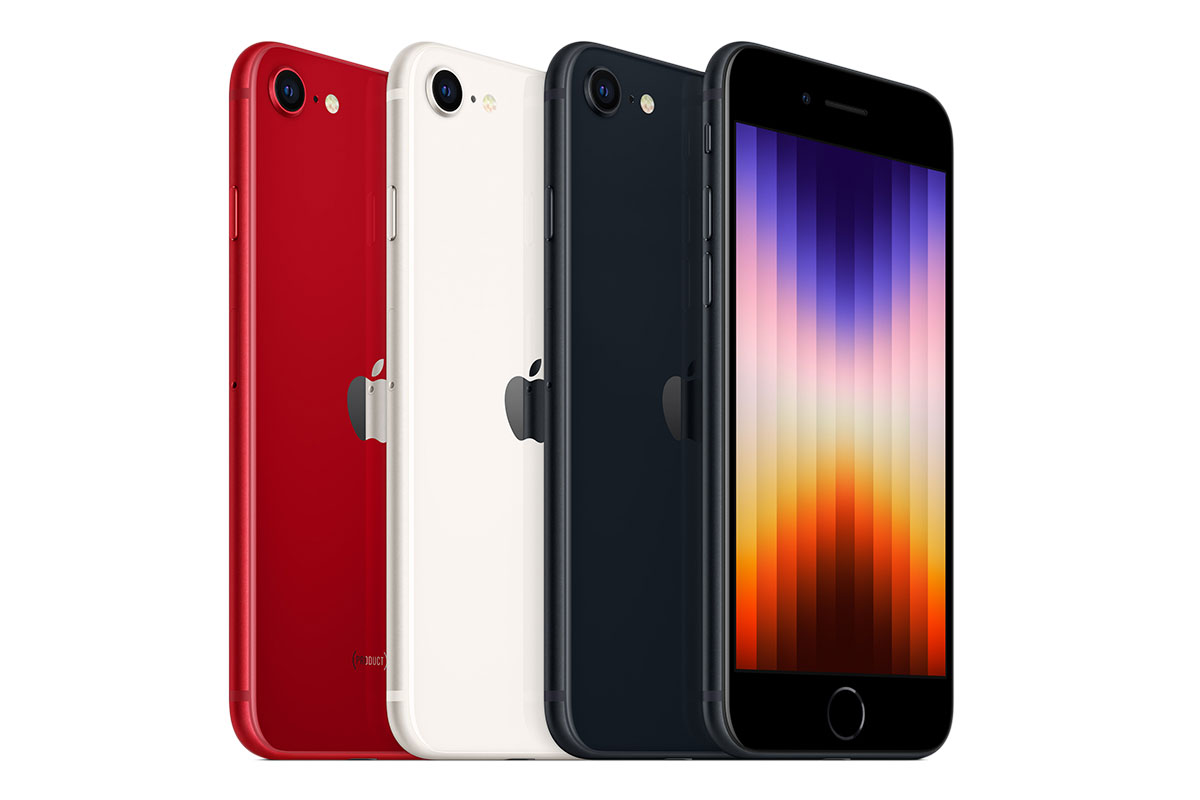
Release Date: March 18, 2022
Price: From $429
Yet another more affordable iPhone was launched in March 2022 in the iPhone SE (known as iPhone SE 3). Once again, Apple used the body of the iPhone 8 but fitted it with similar internals as the iPhone 13, including the (at the time) latest A15 Bionic chip and 5G connectivity.
iPhone 14 / 14 Plus / 14 Pro / 14 Pro Max
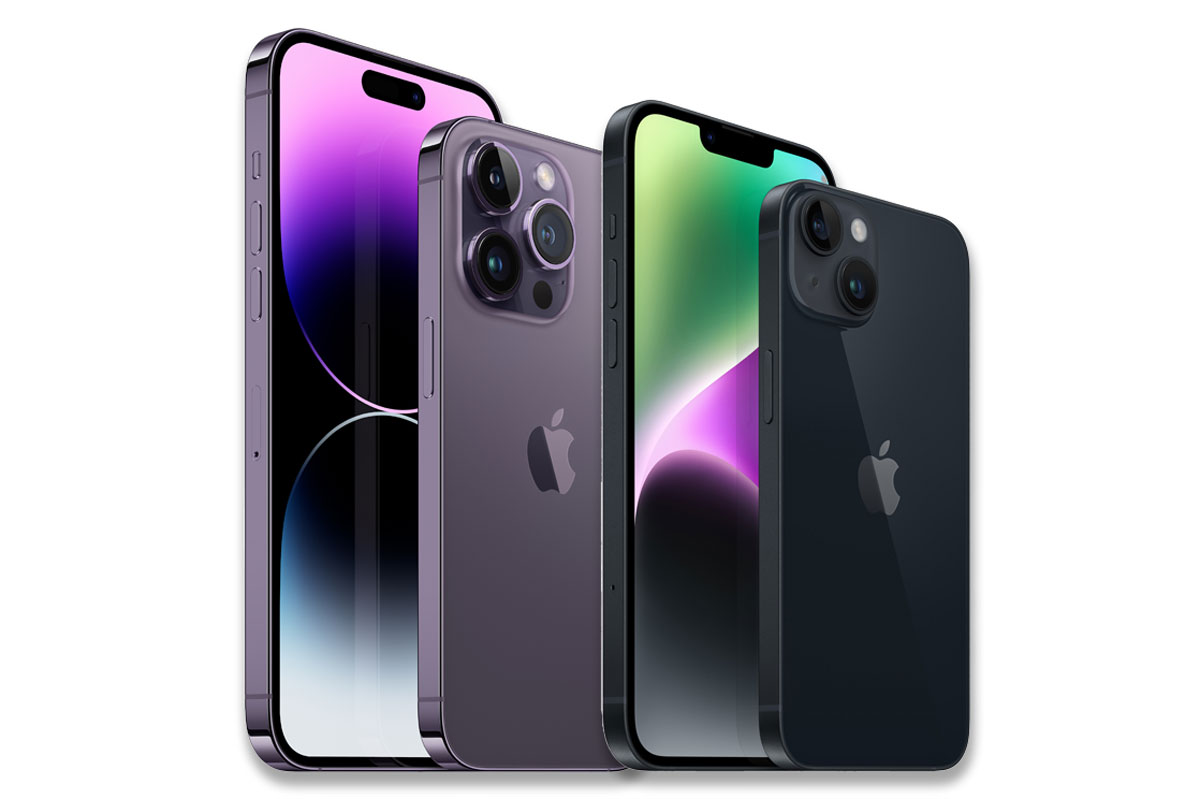
Release Date: September 16, 2022 / October 8, 2022 (14 Plus)
Price: iPhone 14 – From $799; iPhone 14 Plus – From $899; iPhone 14 Pro – From $999; iPhone 14 Pro Max – From $1099
The iPhone 14 is the current series of iPhones available to buy. The overall design is similar to the generations dating back to the iPhone 11, but Apple redesigned the ‘notch’, and calling it ‘Dynamic Island.’ Not only does it house the Face ID sensors, but it can also act as a notification bar, changing depending on which application you’re using.
The iPhone 14 Pro Max received a substantial camera upgrade, being given a new 48-megapixel primary sensor. Other new features inlaced Crash Detection, which automatically detects when you’ve been in a car crash and notifies local authorities via satellite.
